The AI Video Revolution: Exploring Open-Source Tools and Innovations
The AI video world is constantly evolving, and this week, all eyes were on OpenAI's long-awaited Sora release. However, the reception has been interesting, with many debating whether the tool is worth the hype and the price. In this article, we'll delve into the open-source AI video revolution, exploring tools like Hunyuan Video, LTX Video, MV Adapter, World Labs' image-to-3D AI, Google's Genie2 and GenCast, Meta's Llama 3.3, and even Amazon's Nova.
Introduction to Sora and the Open-Source Advantage
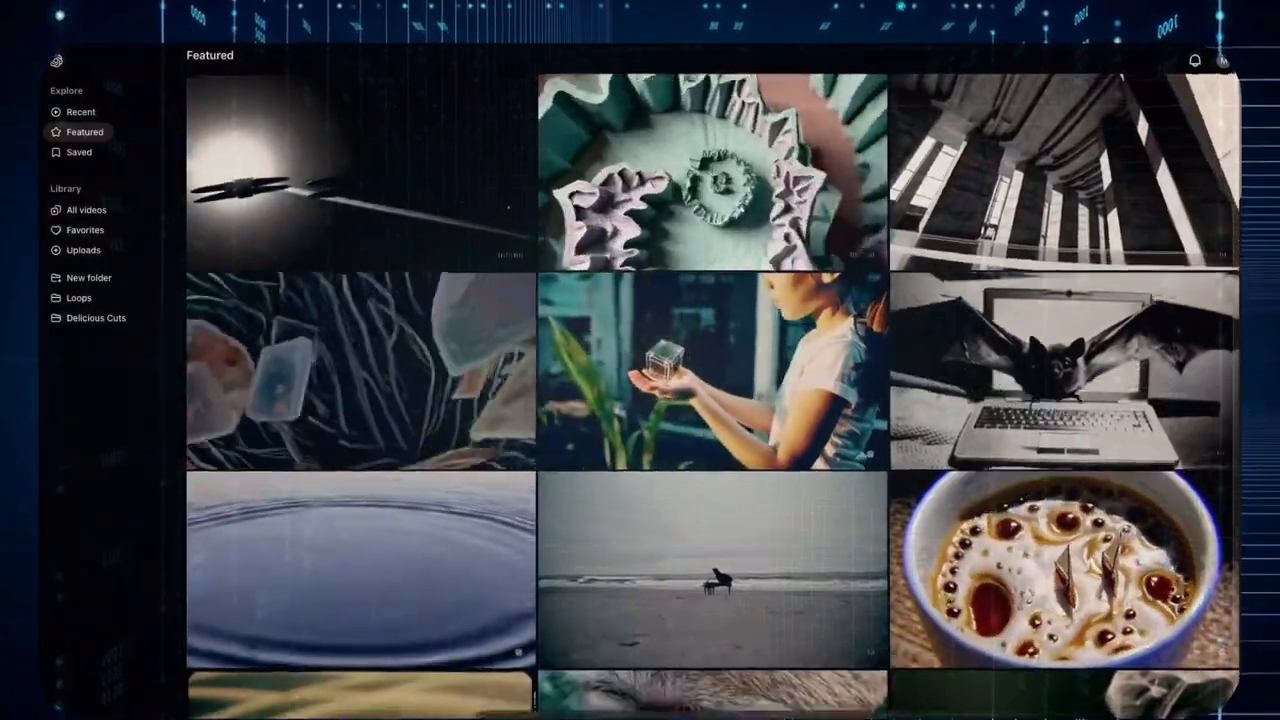 Introduction to Sora and the Open-Source Advantage
Sora is a groundbreaking tool, but since its initial tease, the landscape has shifted dramatically. We've seen amazing advancements from models like Cing Pika, Runway's Gen 3, and even open-source projects like Hunyuan Video. The initial reactions to Sora highlight a crucial debate: is a closed-source, subscription-heavy model the future of AI video, or will open-source alternatives driven by community innovation and accessibility ultimately prevail?
Introduction to Sora and the Open-Source Advantage
Sora is a groundbreaking tool, but since its initial tease, the landscape has shifted dramatically. We've seen amazing advancements from models like Cing Pika, Runway's Gen 3, and even open-source projects like Hunyuan Video. The initial reactions to Sora highlight a crucial debate: is a closed-source, subscription-heavy model the future of AI video, or will open-source alternatives driven by community innovation and accessibility ultimately prevail?
World Labs: Image-to-3D Magic
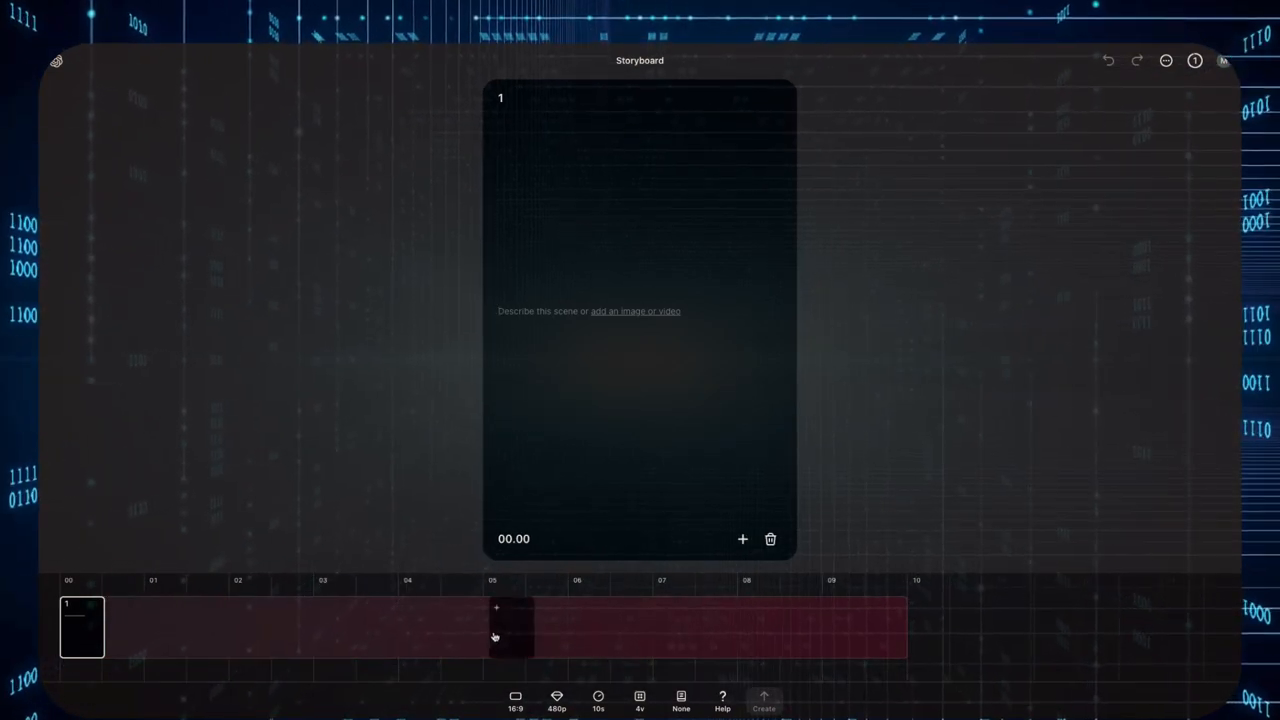 World Labs Image-to-3D Magic
World Labs has just revealed their first major project: an AI that transforms any object or image into a fully explorable, interactive 3D environment. This isn't just some basic 3D; it's seriously high-quality and detailed. The best part is that this AI can intelligently guess and generate a plausible background, even if you drag the view to show what's behind the original image.
World Labs Image-to-3D Magic
World Labs has just revealed their first major project: an AI that transforms any object or image into a fully explorable, interactive 3D environment. This isn't just some basic 3D; it's seriously high-quality and detailed. The best part is that this AI can intelligently guess and generate a plausible background, even if you drag the view to show what's behind the original image.
Samurai: Laser-Sharp Object Tracking
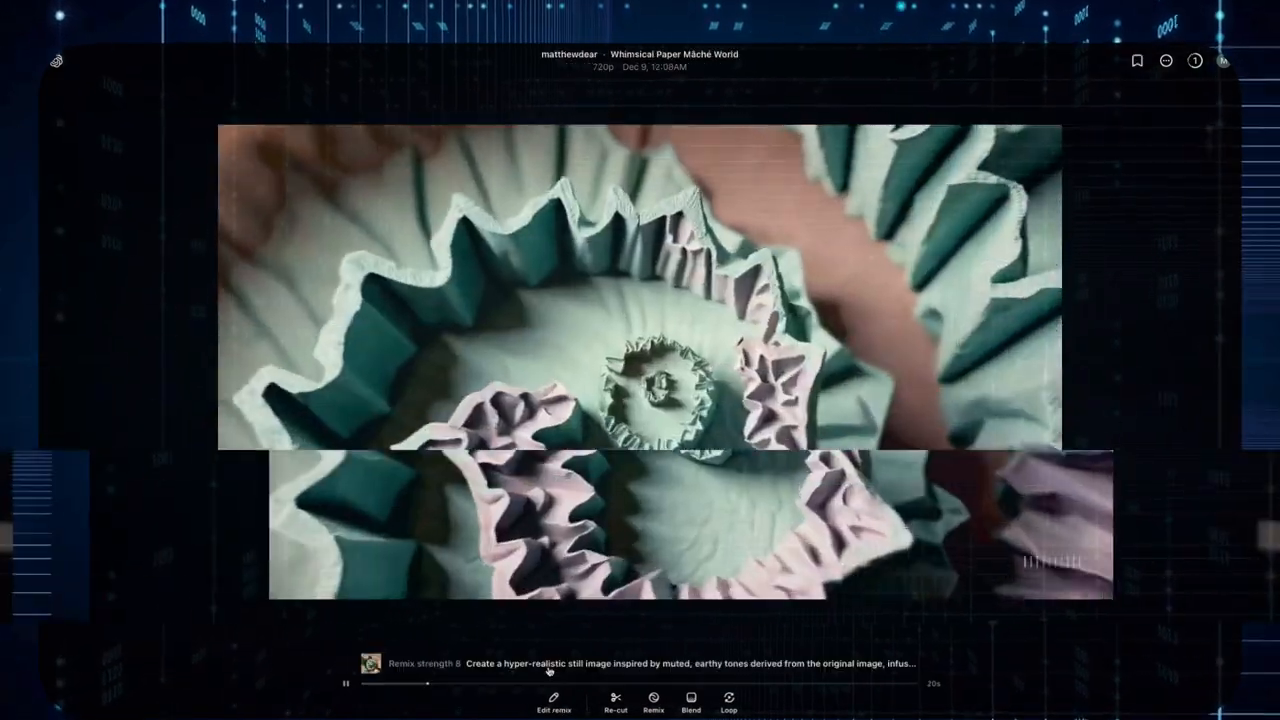 Samurai Object Tracking
Samurai is an AI that excels at accurate object segmentation and tracking in videos. It uses a motion-aware memory selection mechanism that predicts object motion more effectively than previous methods. The code is open-source, available on GitHub under the Apache 2 license, and can be downloaded and used for virtually anything, even commercial projects.
Samurai Object Tracking
Samurai is an AI that excels at accurate object segmentation and tracking in videos. It uses a motion-aware memory selection mechanism that predicts object motion more effectively than previous methods. The code is open-source, available on GitHub under the Apache 2 license, and can be downloaded and used for virtually anything, even commercial projects.
LTX Video: Blazing-Fast AI Video Generation
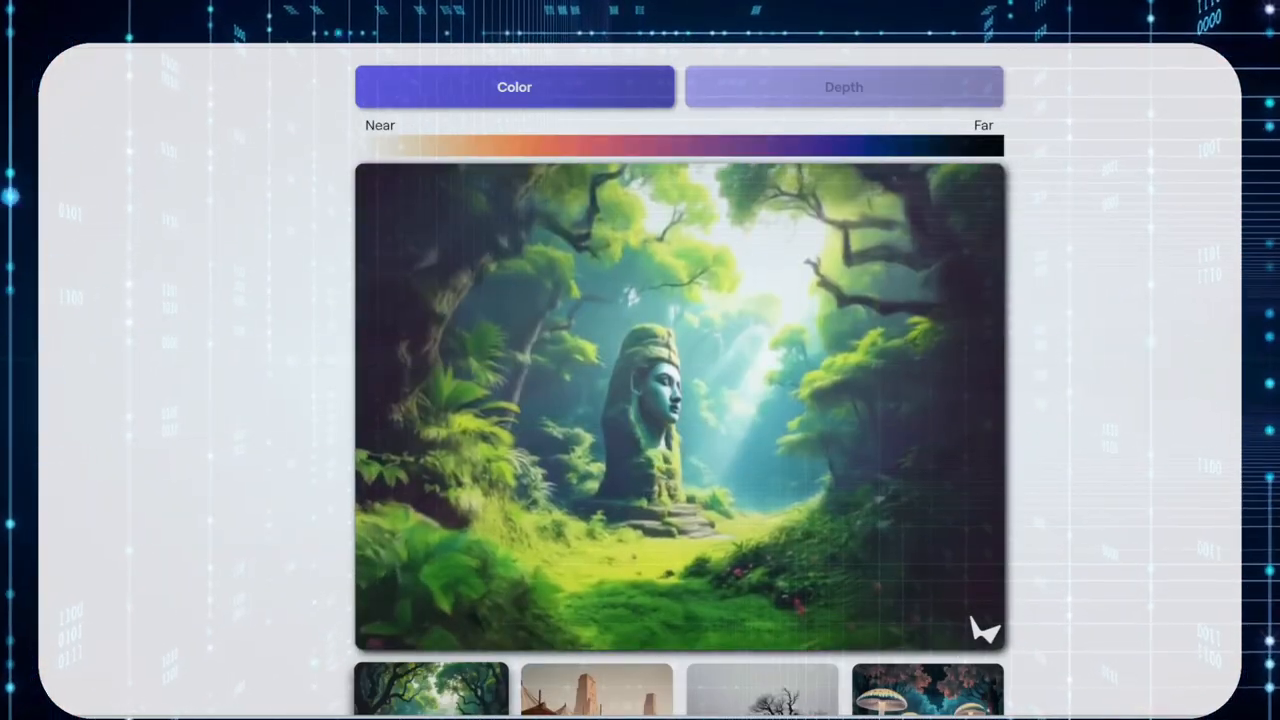 LTX Video Generation
LTX Video is a free and open-source AI video generator that's shockingly quick. Developed by Lightricks, this model can generate 5-second videos at 24 frames per second in just a few minutes on a typical consumer-grade GPU. LTX Video is the fastest and lightest model available, and it thrives on detail. The more detailed your prompts, the better the results.
LTX Video Generation
LTX Video is a free and open-source AI video generator that's shockingly quick. Developed by Lightricks, this model can generate 5-second videos at 24 frames per second in just a few minutes on a typical consumer-grade GPU. LTX Video is the fastest and lightest model available, and it thrives on detail. The more detailed your prompts, the better the results.
MV Adapter: Consistent Characters Made Easy
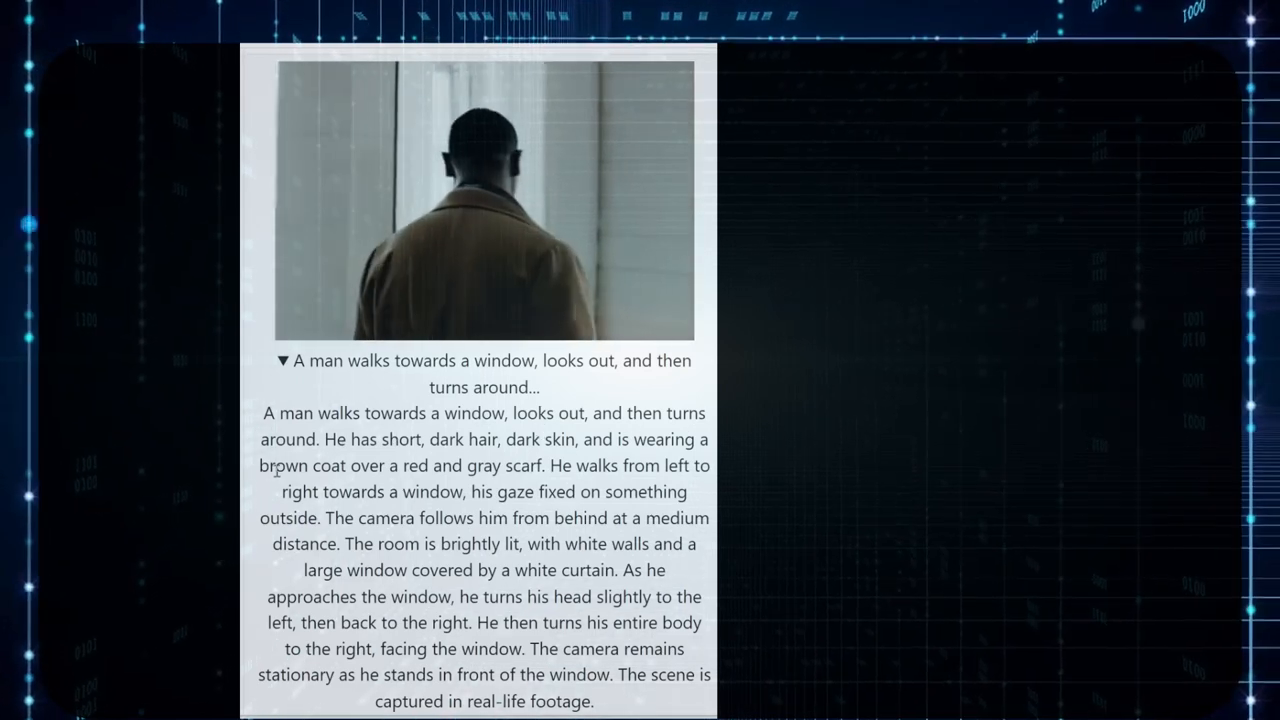 MV Adapter
MV Adapter is a free and open-source AI plugin that makes creating consistent characters across multiple views much easier. It's not a standalone model, which means you can use it with any stable diffusion model. MV Adapter helps you create consistent characters from multiple angles, and it's incredibly useful for character design. You can start with a simple sketch, use MV Adapter to generate consistent views from multiple angles, and then use those multiview images to create detailed 3D models.
MV Adapter
MV Adapter is a free and open-source AI plugin that makes creating consistent characters across multiple views much easier. It's not a standalone model, which means you can use it with any stable diffusion model. MV Adapter helps you create consistent characters from multiple angles, and it's incredibly useful for character design. You can start with a simple sketch, use MV Adapter to generate consistent views from multiple angles, and then use those multiview images to create detailed 3D models.
Google GenCast: Predicting Extreme Weather
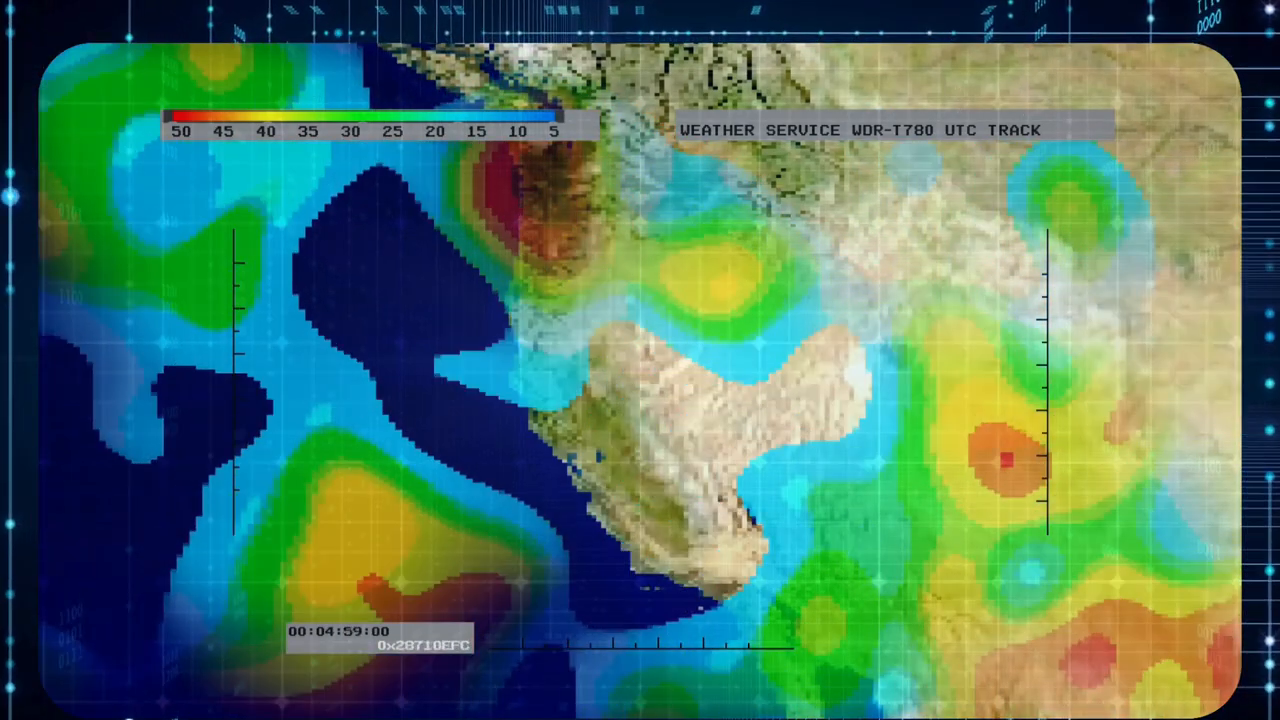 Google GenCast
Google DeepMind's GenCast is a significant step forward in predicting extreme weather with remarkable accuracy. It's a probabilistic approach that generates multiple predictions, each representing a possible weather trajectory. GenCast is open-source, and the code and weights are available on GitHub. It can accurately predict weather patterns, including extreme events, and is more efficient than other methods, making it a game-changer for disaster response, food security, and other critical areas.
Google GenCast
Google DeepMind's GenCast is a significant step forward in predicting extreme weather with remarkable accuracy. It's a probabilistic approach that generates multiple predictions, each representing a possible weather trajectory. GenCast is open-source, and the code and weights are available on GitHub. It can accurately predict weather patterns, including extreme events, and is more efficient than other methods, making it a game-changer for disaster response, food security, and other critical areas.
Meta's Llama 3.3: Powerful Language Model
Meta recently released Llama 3.3, a cutting-edge model with 70 billion parameters. This text-on model is designed specifically for following instructions, meaning you don't need separate pre-trained versions for different tasks. Llama 3.3 shines in several areas, including coding and reasoning tasks, general knowledge inquiries, and even using tools.
Amazon Nova: A New Contender?
Amazon has launched its own series of AI models, Nova, which includes Nova Micro, Nova Light, and Nova Pro. Nova Pro is a multimodal model that can handle text, images, and video. While early benchmarks for Nova Pro don't exceed models like Claude, Gemini, or the 01 models, it places it within the top 10. Amazon also has image and video generation models under the Nova brand, but their current quality lags behind the top performers in those areas.
Conclusion
The AI video revolution is in full swing, with open-source tools and innovations leading the charge. From Hunyuan Video to LTX Video, MV Adapter, World Labs' image-to-3D AI, Google's Genie2 and GenCast, Meta's Llama 3.3, and Amazon's Nova, there are many exciting developments worth exploring. As the landscape continues to shift, it's essential to consider whether a closed-source, subscription-heavy model is the future of AI video or if open-source alternatives will ultimately prevail. One thing is certain: the future of AI video is looking brighter than ever.
